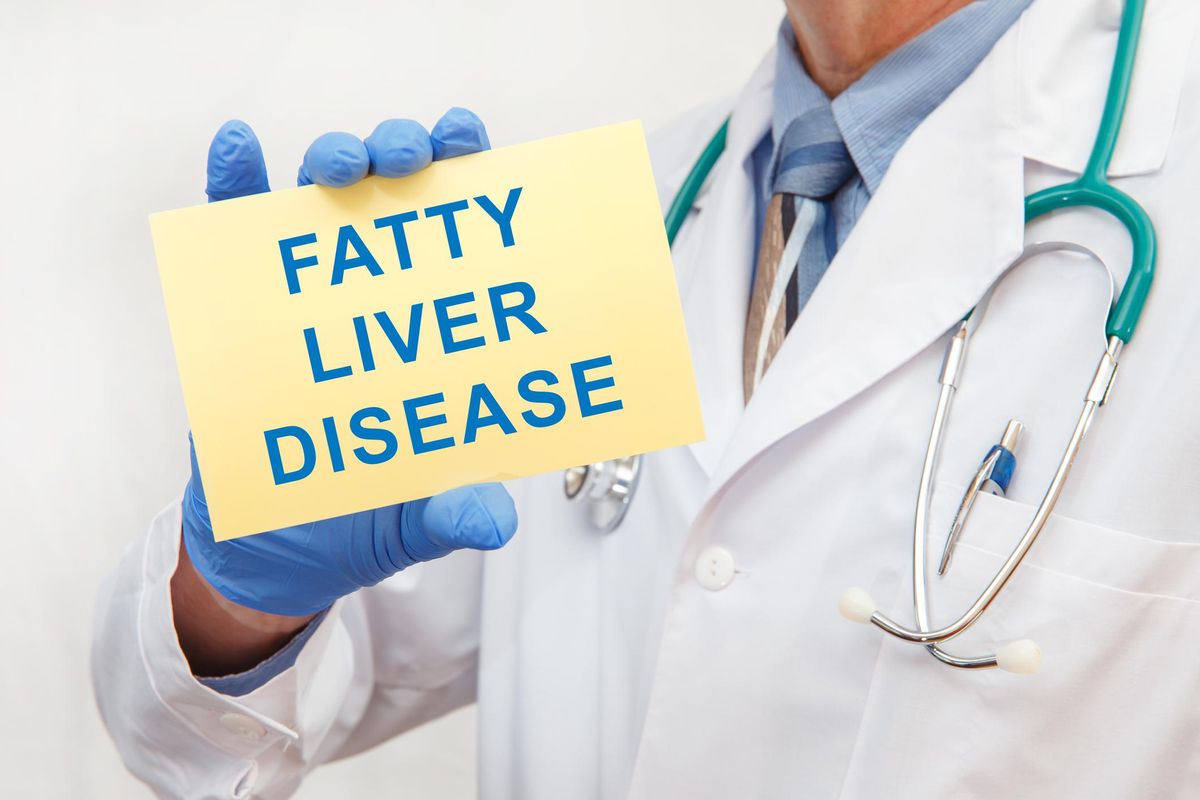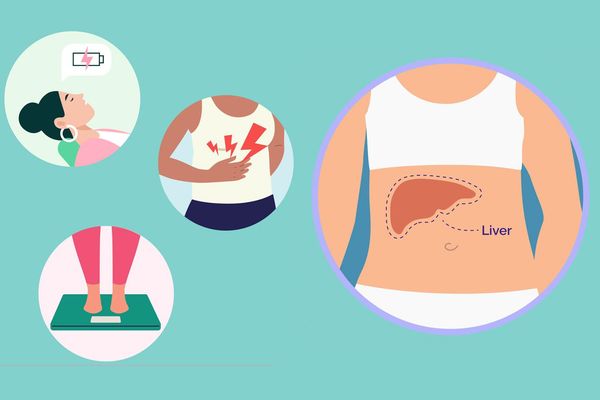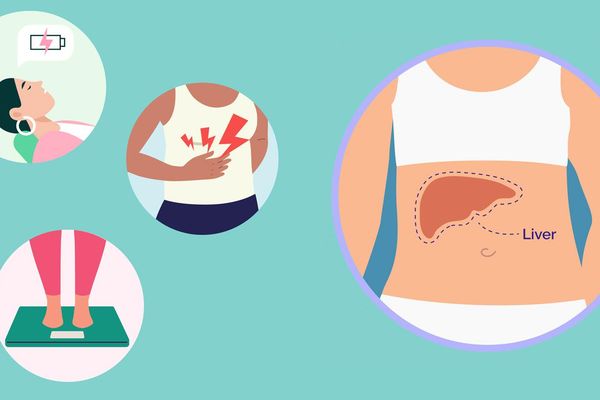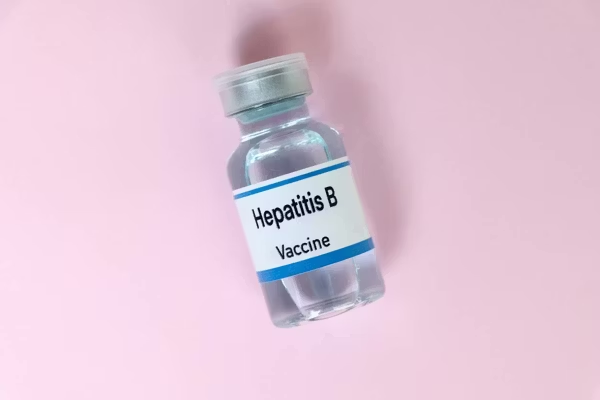- Nonalcoholic fatty liver disease (NAFLD) is a group of liver conditions in people who drink little to no alcohol. People with NAFLD have too much fat stored in liver cells, making it harder for the liver to function.
- NAFLD may not always have signs or symptoms, but possible symptoms are fatigue and pain or discomfort in the upper right abdomen.
- There are two types of NAFLD:
- Simple fatty liver, when you have fat in your liver but no inflammation or damage to the liver cells.
- Nonalcoholic steatohepatitis (NASH), which is an aggressive and more severe form of fatty liver disease. The liver is inflamed and cells are damaged, causing scarring (fibrosis) which can turn into cirrhosis. NASH is one of the leading causes of cirrhosis and liver cancer (hepatocellular carcinoma) in adults in the U.S.
- NASH is more common in women than in men, and in people ages 40 to 60.
- Risk factors for NASH include hypertension, heart disease, high cholesterol, insulin resistance, Type 2 diabetes, polycystic ovary syndrome (PCOS) and obesity. However, some people with NASH have no risk factors.
- Postmenopausal women are at higher risk for developing NASH than premenopausal women.
- NASH typically has no symptoms, but patients who progress to cirrhosis may develop abdominal swelling (ascites), enlarged spleen or blood vessels, red palms and yellowing of the skin and eyes (jaundice).
- NASH increases risk of cardiovascular disease, including risk of heart attack or stroke, and is a leading cause for liver transplants in the United States.
- NAFLD can usually be diagnosed with a medical history, blood tests and an ultrasound. Your healthcare provider may recommend a liver biopsy to look for inflammation and scarring.
- There are currently no FDA-approved medications for NASH. The most effective treatment for NASH is weight loss and exercise. Losing 5% to 10% of your current body weight can improve or even reverse NASH. Thirty minutes of exercise a day can decrease liver fat and inflammation. You can also manage other conditions such as high blood pressure, high cholesterol, Type 2 diabetes or obesity with medications and lifestyle changes to help your liver and heart health.
- A healthy diet with a mix of fruits, vegetables, whole grains and healthy fats is an important part of prevention. Healthy weight and exercise are important ways to slow or stop the progression of the disease.
- Vaccination against Hepatitis A and B is especially important for those with liver disease and can help to prevent liver infections.
This resource was created with support from Pfizer Inc.
From Your Site Articles
- Fast Facts: What You Need to Know About Fatty Liver Disease ›
- 5 Steps to Take Charge of Your Liver Health - HealthyWomen ›
- About the Liver - HealthyWomen ›
- How You're Hurting Your Liver - HealthyWomen ›
- Nonalcoholic Fatty Liver Disease and ... - HealthyWomen ›
- Non-Alcoholic Fatty Liver Disease - HealthyWomen ›
Related Articles Around the Web







